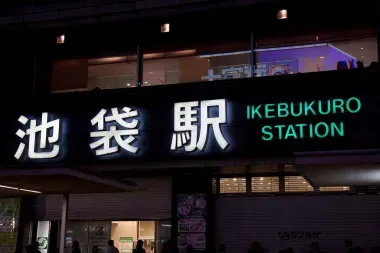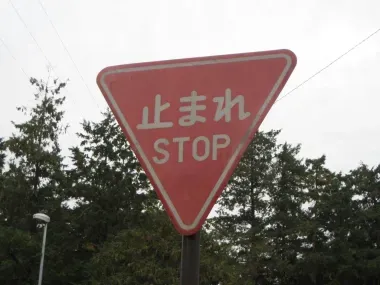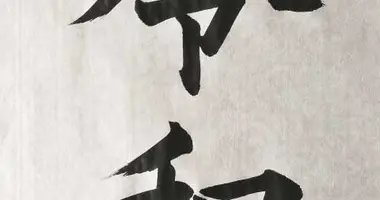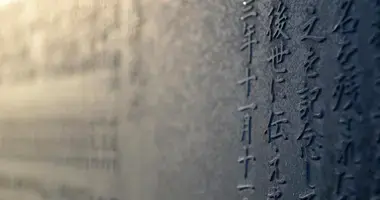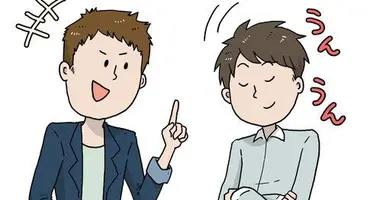A few kanji to know for traveling in Japan 日本旅行で役にたつ漢字
- Published on : 16/01/2018
- by : A.L.
- Youtube
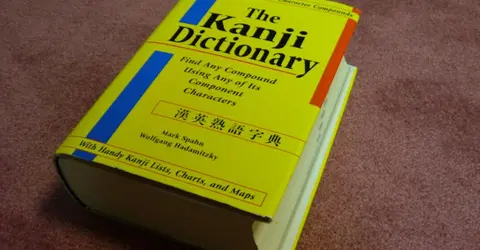
Kanji Dictionary
ashitaka96
Useful ideograms
Learning a few kanjis or Chinese ideograms can be useful during a visit to Japan!
- Entrance and exit
Let's start with two words that share the same kanji, which will be very useful for finding your way around subway stations or department stores.入口( iriguchi ) and 出口(deguchi ) indeed share the kanji meaning mouth: 口 (kuchi). The first kanji of iriguchi represents the verb "to enter", 入口, therefore, means "entrance" (of a store, of a subway entrance, of a queue...). Its antonym, deguchi, means "exit" and features in the first part of the kanji for "exit".
- In local currency
In the West, we generally know the yen symbol ¥, a capital y with two strokes through it. However, this symbol is little used in Japan, where its kanji version is preferred: 円 (en, not yen). This character means "round". Attention, VAT is sometimes not included in the price (税抜き), as in the 100 yen shops, or included (税込み).
- Man or woman?
In Japan, most onsen (温泉 literally "hot spring") are single-sex. The women's bath will generally be indicated by a small red curtain with the female kanji, 女 (onna); that of men by a blue curtain with the male's kanji, 男 (otoko). But these two kanjis can also save you the trouble of getting into the right restroom or, if you're a male, avoiding getting on the subway cars intended for women!
- Where is the train station?
You look at your Tokyo metro map in the Latin alphabet: Shibuya, Harajuku, Yoyogi, Shinjuku... The names of the stations scroll by. In Japanese, these names will often be followed by 駅 (eki), which means station, or station. We will thus say 渋谷駅 Shibuya-eki or 代々木駅 Yoyogi-eki. Also, if you are lost and looking for the nearest station, you can show this kanji to a Japanese person or look for it on a neighborhood map.
See also: The words to know to take the train in Japan
- Know what to eat
Many restaurants have a menu in English, but you may find yourself with a Japanese menu in your hands, unable to decipher these successions of hieroglyphs. These few kanjis should already give you some indications:
- 肉 for meat
- 魚 for fish
- 酒 for alcohol
See: Deciphering a menu in Japanese
- Push or pull?
Never sure if you should pull or push the door? In Japan, it will be even more complicated if you don't know the associated ideograms: 押 (osu) for pushing and 引 (hiku) for pulling.
- Stop!
While strolling in the streets, you will surely step on an enormous kanji painted on the asphalt. It is the ideogram 止 which means "stop" or "stop". It is equivalent to our stop sign - it is also sometimes found in the form of a sign in its complete form: 止まる(tomaru). This kanji will also be useful to you when using certain electronic products on which there is the "off" function or to stop the toilet bidet. It is also found in the expression 立入禁止(tachi-iri-kinshi) which means "no entry".
